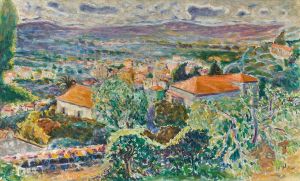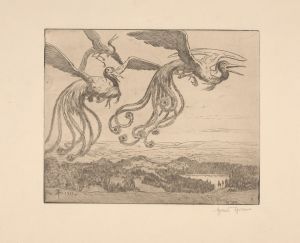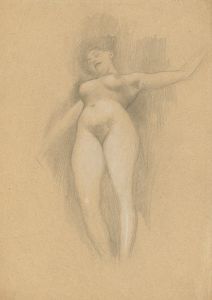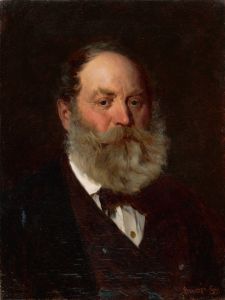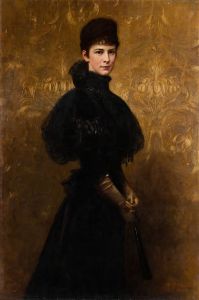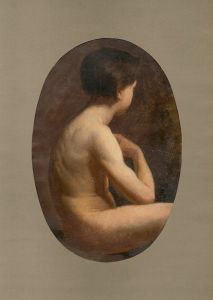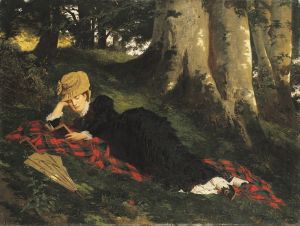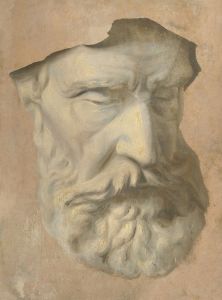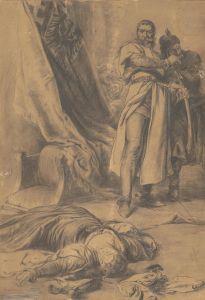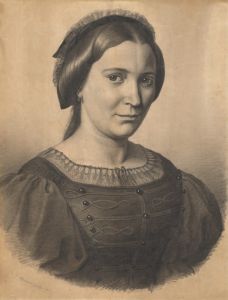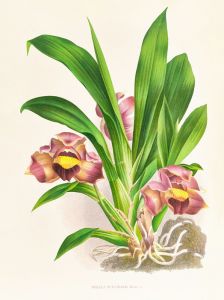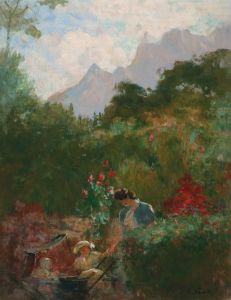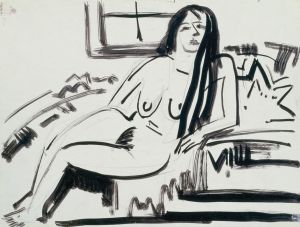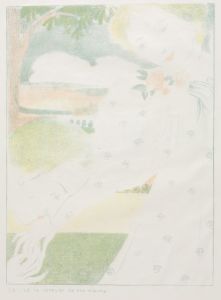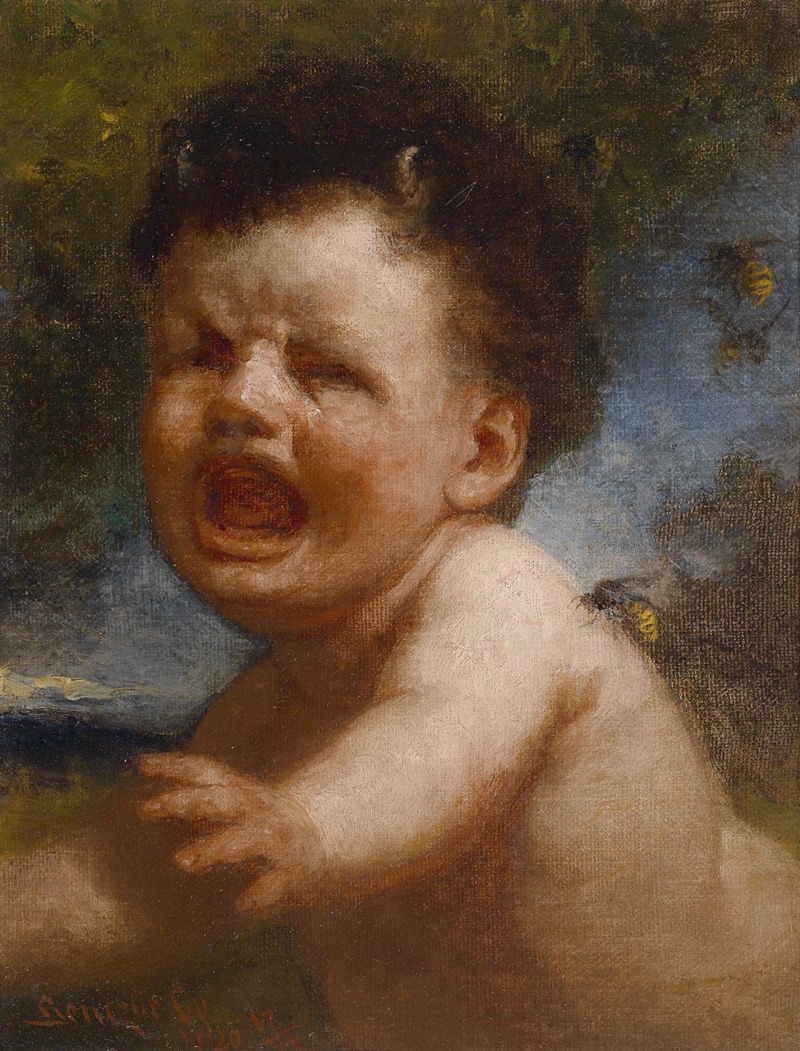
Amor mit Wespe
A hand-painted replica of Gyula Benczúr’s masterpiece Amor mit Wespe, meticulously crafted by professional artists to capture the true essence of the original. Each piece is created with museum-quality canvas and rare mineral pigments, carefully painted by experienced artists with delicate brushstrokes and rich, layered colors to perfectly recreate the texture of the original artwork. Unlike machine-printed reproductions, this hand-painted version brings the painting to life, infused with the artist’s emotions and skill in every stroke. Whether for personal collection or home decoration, it instantly elevates the artistic atmosphere of any space.
Gyula Benczúr was a prominent Hungarian painter known for his historical and genre paintings. One of his notable works is "Amor mit Wespe" (Cupid with a Wasp), which showcases his skill in capturing intricate details and his ability to convey narrative through art. Benczúr was born on January 28, 1844, in Nyíregyháza, Hungary, and he became one of the leading figures in Hungarian art during the late 19th and early 20th centuries. He studied at the Academy of Fine Arts in Munich, where he was influenced by the academic style that characterized much of his work.
"Amor mit Wespe" is a fine example of Benczúr's genre painting, a category that often depicts scenes from everyday life but with a touch of romanticism or allegory. The painting features Cupid, the classical god of love, who is traditionally depicted as a cherubic figure with wings. In this work, Cupid is shown interacting with a wasp, an unusual and intriguing subject choice that invites viewers to ponder the symbolism behind the scene. The wasp could represent the sting of love or the unexpected pains that often accompany romantic endeavors, a common theme in allegorical art.
Benczúr's technique in "Amor mit Wespe" reflects his academic training, with a focus on realistic detail and careful composition. The textures of Cupid's skin, the delicate wings, and the intricate details of the wasp are rendered with precision, showcasing Benczúr's mastery of the medium. The use of light and shadow in the painting adds depth and dimension, enhancing the lifelike quality of the figures.
Throughout his career, Benczúr was celebrated for his ability to blend historical and mythological themes with a sense of realism. His works often featured rich colors and dynamic compositions, drawing the viewer into the narrative. "Amor mit Wespe" is no exception, as it combines a classical subject with a unique twist, inviting interpretation and engagement from its audience.
Benczúr's influence extended beyond his paintings; he was also a respected teacher and served as the director of the Hungarian National Gallery. His contributions to Hungarian art were significant, and he played a key role in shaping the artistic landscape of his time. His works remain an important part of Hungary's cultural heritage, and "Amor mit Wespe" is a testament to his skill and creativity.
In summary, "Amor mit Wespe" by Gyula Benczúr is a captivating painting that exemplifies the artist's talent for combining classical themes with detailed realism. The painting's intriguing subject matter and masterful execution make it a noteworthy piece in Benczúr's oeuvre and a valuable contribution to the world of art.





